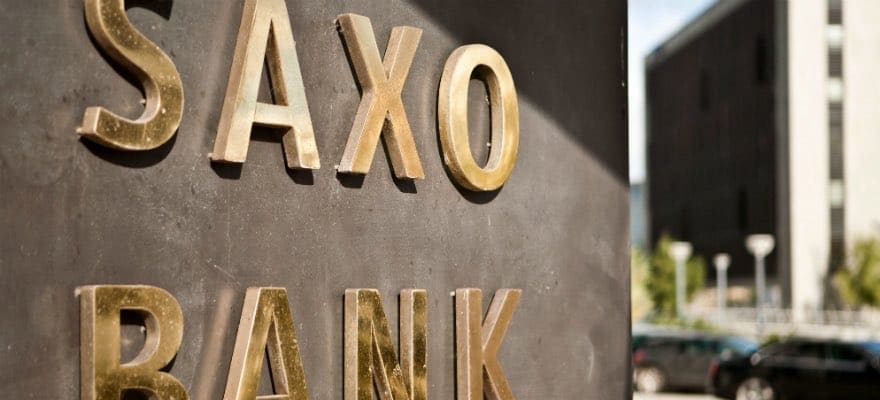The trading volumes report from Saxo Bank for the final month of 2017 shows that the brokerage has experienced a seasonal decline in trading volumes. The Danish company is reporting a monthly decline of 25 percent, which equals
[gptAdvertisement]$289 billion transacted throughout December. This number is a slide down from the year's high posted in November.
Discover credible partners and premium clients at China’s leading finance event!
The figure was only 2.5 percent lower when compared to a year ago when the market was more active due to the US election. Saxo Bank’s report comes in line with the broader December trend across the industry. Most brokerages experienced a widely expected decline in activity around the Christmas holidays.
Asset Class Breakdown
Looking at the asset class breakdown which Saxo Bank provides, the slowest decline was in commodities, at 7 percent. As gold and oil charged higher, a total of $27.5 billion changed hands in this asset class, which represents 9.5 percent of the total trading volumes at the brokerage.
Equities declined to $54.9 billion which is lower by 13.6 percent month-on-month. Trading in this asset class accounts for about 19 percent of the December total at the Danish bank. Fixed income declined by 25 percent to mark $8.9 billion during the final month of 2017. The asset class accounts for 3 percent of the volumes transacted via Saxo Bank’s broking service.
2017 Disappoints with Low Volume
Looking at foreign Exchange , volumes declined by 29 percent to a total of $197.8 billion. Notably, the figure is lower by 10.9 percent year-on-year and represents 68 percent of total trading at the Danish bank. FX Volatility during the month was much lower when compared to the final month of 2016. At the time the US presidential election was still impacting markets and a readjustment in market positioning continued through December.
Overall market trends in the industry show that Saxo Bank was not detached from its peers in the last month of 2017. The brokerage posted solid results throughout the year. Low volatility was the main theme last year, the complete opposite of the expectations of a much more favourable market for brokers in the aftermath of the election of Donald Trump.

















